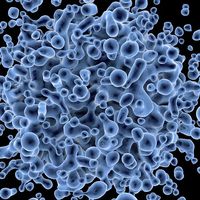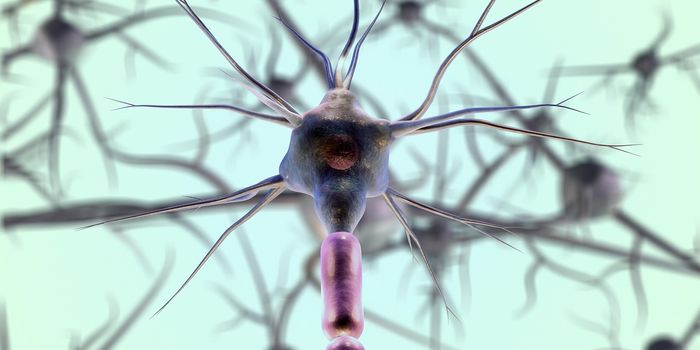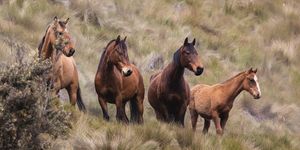Ancient DNA Uncovers Disparity in Cancer
DNA extracted from ancient biological tissue can inform us about various evolutionary traits in humans and other species. Technology, such as high-throughput sequencing, helps to characterize the genome to further elucidate patterns of genetic variation. Scientists are currently working to use ancient DNA to understand disease and improve patient treatments.
Currently, compared to Non-Hispanic children, there are 40% more Hispanic children diagnosed with a hematologic malignancy known as acute lymphoblastic leukemia (ALL). ALL, a blood cancer, is a result of DNA mutations, and commonly affects children. Symptoms include enlarged lymph nodes, bruising, bone pain, bleeding from gums, and fever. Additionally, many children will contract frequent infections as a result of weak immunity. Unfortunately, the disparity between Non-Hispanic and Hispanic children in ALL is still unclear.
In a recent article published in Cell Genomics, by Dr. Vijay G. Sankaran and his team, found a genetic marker that indicates increased risk of ALL in Hispanic children. The team worked backward and used ancient DNA to trace a mutation to around 13,000 years ago to the first migrants of the Americas. Sankaran is a physician scientist and principal investigator at the Harvard Stem Cell Institute where he studies human genetic variations and how they impact human cell production in the context of health and disease. The novelty of the study stems from the ability to use genetic data from diverse populations to identify a risk factor that helps explain this ALL disparity in Hispanic children.
The team used genome-wide association studies (GWAS) to scan for mutations related to racial/ethnic differences in ALL. A genetic mutation was found to reduce IKZF1, a gene that encodes for the protein production necessary for B-cell development. This protein, known as Ikaros, is found to be much lower in Hispanic children. Increased mutational burden results in the inability for IKZF1 to encode for Ikaros consequently disrupting B-cell development. The identified IKZF1 variant delays B-cell differentiation and increases the risk of cancerous mutations. The variant was found to originate from Indigenous Americans as opposed to European ancestry which was nearly absent of it. This increased risk links high disease prevalence in countries with significant overlap of Indigenous American ancestry, such as Mexico and other countries in Latin America.
To investigate when the IKZF1 variant arose throughout history, the team analyze ancient DNA samples and found that DNA from peoples of the Anzick site of Montana carried the mutation. This was how researchers determined that the variant was present almost rough 13,000 years ago from peoples of early America. Additionally, this variant was promoted through natural selection. The research team suspects that this mutation may have helped protect these early peoples from infection since IKZF1 is involved in the immune system.
Overall, this study demonstrates the exciting application of ancient DNA analysis in disease risk assessment. This work provides a better understanding of ALL and how physicians can screen for the IKZF1 variant in children to better predict cancer. Additionally, scientists can now work on how to overcome this obstacle and develop more efficacious drugs and therapies for children with ALL. Overall, this work uses ancient DNA to improve our knowledge of a disease and provides the potential to overcome ALL and improve patient longevity.
Article, Cell Genomics, Vijay G. Sankaran, Harvard Stem Cell Institute








